Miyagi
One of Japan’s top three scenic views at Matsushima Bay, Masamune’s aesthetics in the elaborate buildings of Zuihoden and Sendai Castle Ruins, breath-taking emerald green water of Zao’s Okama Crater, magnificent displays of autumn colours at Naruko-kyo Gorge and a variety of Onsens including Akiu, Sakunami and Naruko
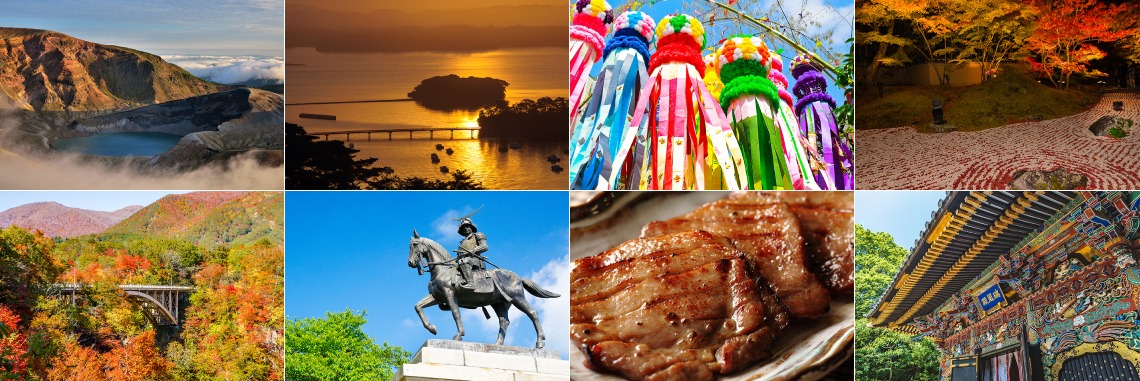
Miyagi’s beautiful natural wonders
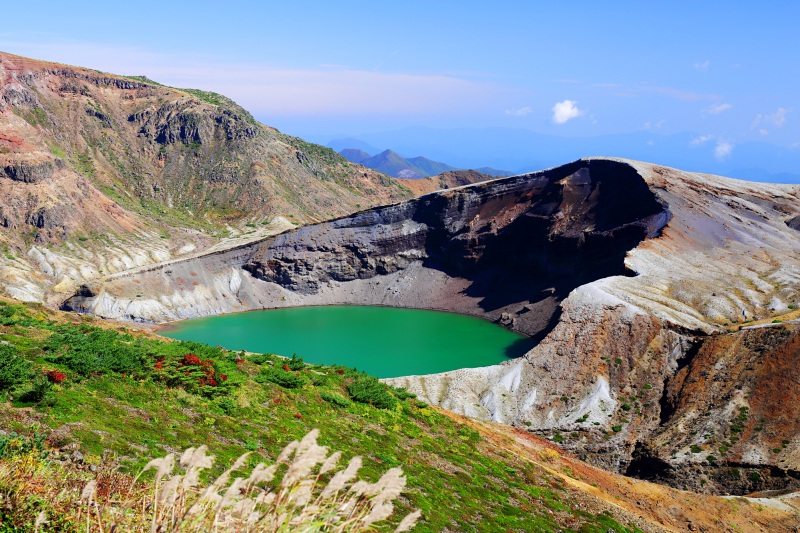
Okama Crater and the Zao Mountain Range
Located on the border of Miyagi and Yamagata prefectures, the Zao Mountain Range has been selected as one of Japan’s 100 most famous mountains. Okama Crater is a crater-lake surrounded by three mountains (Kattadake, Kumanodake and Goshikidake) and, along with its frost-covered trees, is an iconic image of the Zao Mountains. Nicknamed the “Cauldron” because of its appearance, Okama Crater is also known locally as “Goshikinuma” (the five-coloured pond) thanks to the changing hues of the water from dark green to blue according to the sunlight. The colours of the crater-lake also fascinate visitors as they change depending on the angle of view.Okama Crater and the Zao Mountain Range
Located on the border of Miyagi and Yamagata prefectures, the Zao Mountain Range has been selected as one of Japan’s 100 most famous mountains. Okama Crater is a crater-lake surrounded by three mountains (Kattadake, Kumanodake and Goshikidake) and, along with its frost-covered trees, is an iconic image of the Zao Mountains. Nicknamed the “Cauldron” because of its appearance, Okama Crater is also known locally as “Goshikinuma” (the five-coloured pond) thanks to the changing hues of the water from dark green to blue according to the sunlight. The colours of the crater-lake also fascinate visitors as they change depending on the angle of view.
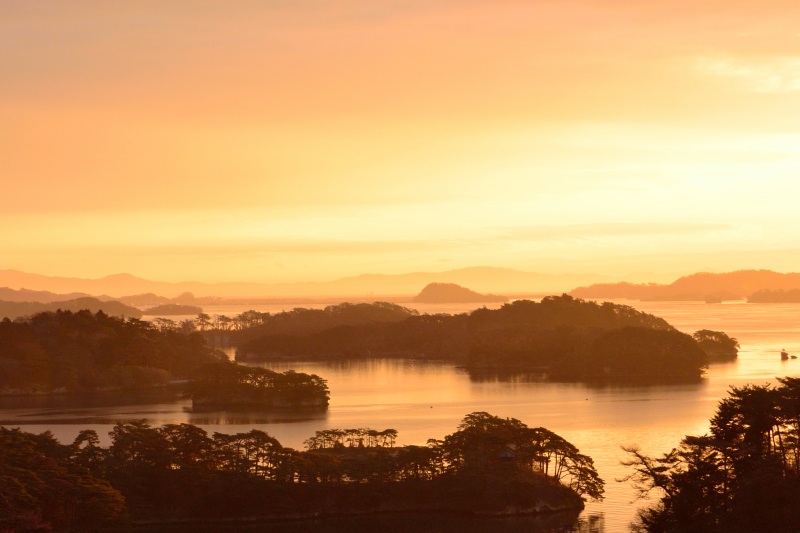
Matsushima Bay and the four best viewing locations (Shitaikan): Otakamori, Tomiyama, Tamonzan and Ogidani
Along with Amanohashidate in Kyoto and Miyajima in Hiroshima, Matsushima Bay is known as one of Japan’s top three scenic views. The bay is dotted with some 260 islands of various sizes. The best locations for a panoramic view of these islands are known as the Shitaikan and each location has a nickname describing its view.
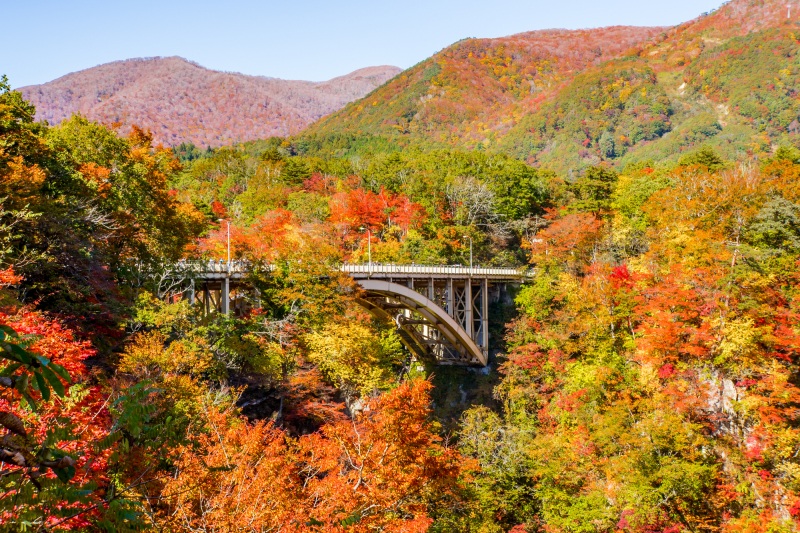
Naruko-kyo Gorge
Naruko-kyo Gorge was created by the erosion of the Oya River. The gorge located in the Kurikoma Quasi-National Park is officially recognised as a place of scenic beauty. The 100m high sheer cliffs offer spectacular views with a range of unique rock formations and thick bushes covering the rough rock surface. Known as one of Tohoku’s greatest places of autumnal beauty, the deep gorge is particularly impressive when decorated with colourful autumn leaves. The white rock surface contrasts beautifully with a covering of colourful trees and bushes. The best time to enjoy this display of colours is from late October to early November. Visitors can enjoy the magnificent views from the observation platform at the Naruko-kyo Rest House as well as the observation decks along the local walking trails.
Miyagi’s history, culture and festivals
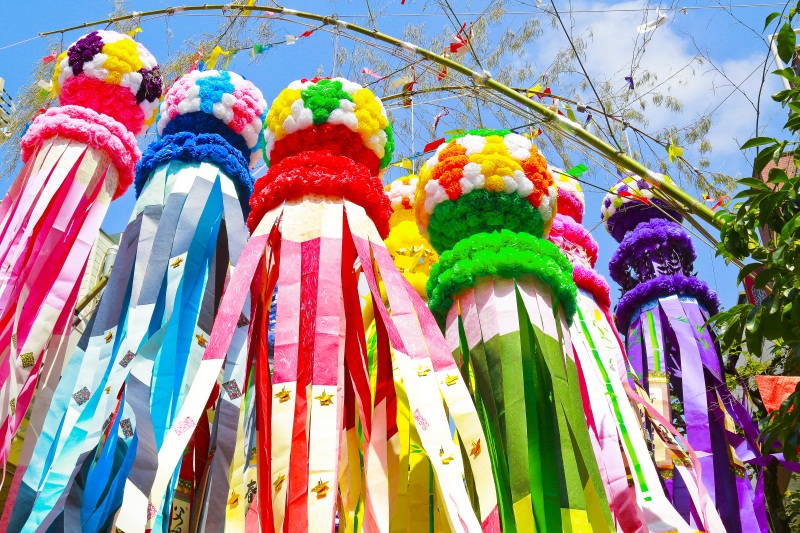
Sendai Tanabata Festival
The Sendai Tanabata Festival is an elegant celebration of celestial lovers. Sendai’s main streets are filled with elaborate and gorgeous decorations made of paper and bamboo. The history of Tanabata dates back to the period of Masamune Date, the first lord of Sendai, although the splendid street decorations became popular in the early Showa period to represent merchants’ wishes for good business. The festival takes place from 6 to 8 August each year, based on the traditional local calendar.
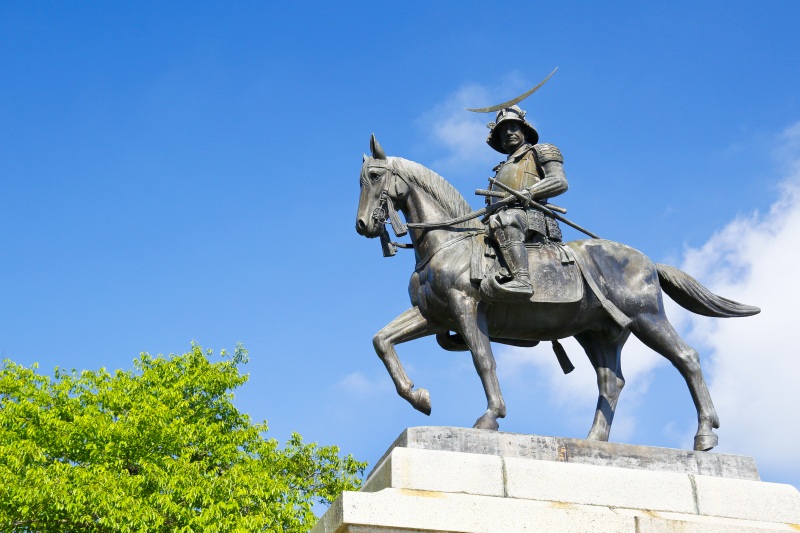
Sendai Castle Ruins (Aoba Castle Ruins)
Sendai Castle was founded by Masamune Date, the famous feudal lord of Japan’s civil war period in 1610. He was also known by the nickname Dokuganryu (One-Eyed Dragon) thanks to his missing eye. An equestrian statue of Masamune looking down at the city stands at the entrance to the castle grounds to remind visitors of this historical era. Today Sendai Castle is recognised as one of Japan’s top 100 castles.
The castle fortress was built utilising the local geographical advantages of the surrounding hills and river. Although the original main castle tower no longer stands, the remaining stone walls and restored Wakiyagura tower are a must-see for any visitor to Sendai.
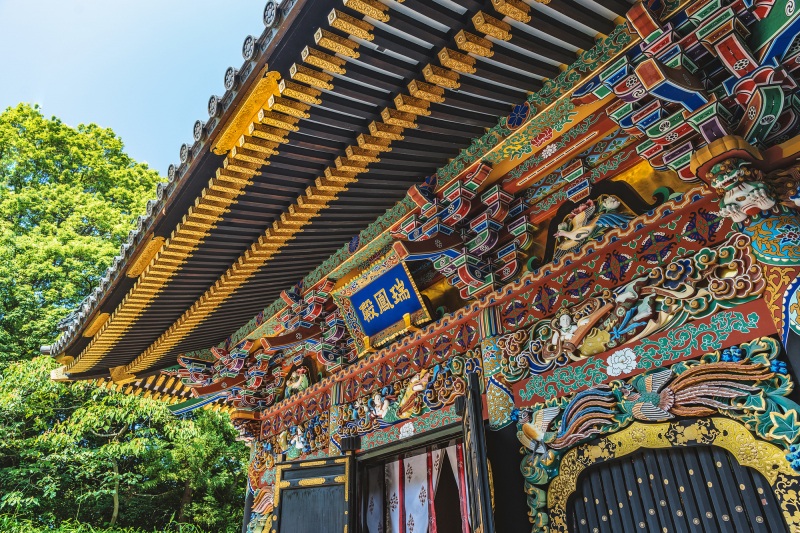
Zuihoden
Zuihoden is the mausoleum of Masamune Date, the founder of modern Sendai. The mausoleum was built in accordance with his will when he passed away in 1636 at the age of 69.
The mausoleum features the gorgeous artistic style of the Azuchi-Momoyama period
which flourished between the late 16th and early 17th centuries. With motifs of plants and butterflies, the elaborate decorations were heavily influenced by foreign art.
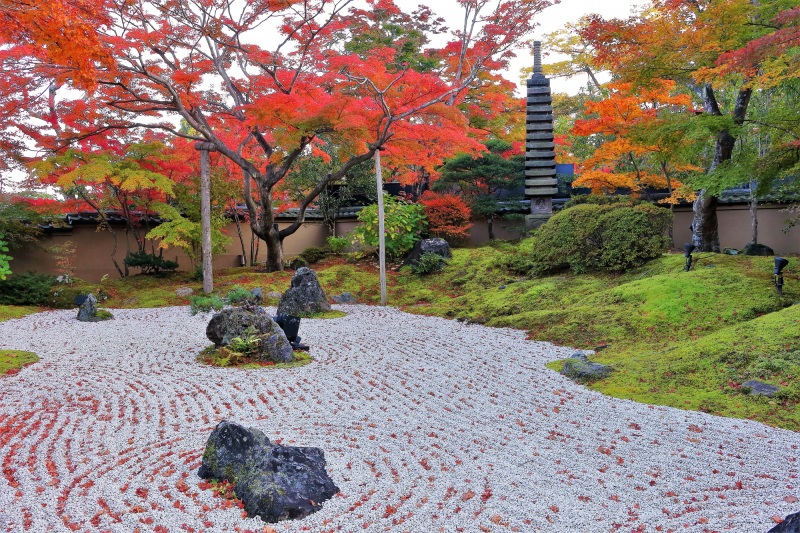
Entsu-in Temple
Entsuin Temple is known as a matchmaking temple and a popular viewing location for stunning autumn leaves. It is located in Matsushima, whose islands have been chosen as one of Japan’s top three scenic views. The renowned Zuiganji Temple is nearby.
As the family temple of Mitsumine Date, a grandson of the famous samurai worrier Masamune Date, Entsuin is home to the mausoleum “Sankeiden” which has been designated an Important National Cultural Property. The temple also houses a precious Western painting of roses that the Date family’s retainer Tsunenaga Hasekura brought back from Europe in the 17th century.
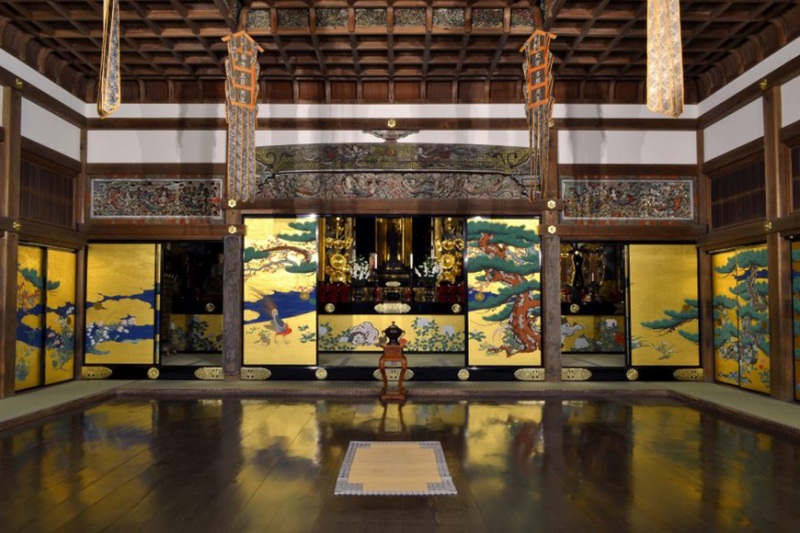
Zuiganji Temple
Zuiganji is the family temple of Masamune Date, a famous feudal lord of the Age of Civil Wars of the 15th and 16th centuries. The temple was originally founded in 828. After deterioration through the civil war period it was restored by Masamune Date and his aesthetic styling can be seen throughout the buildings.
The main hall and Kuri (the Zen kitchen) are designated national treasures. Inside the main hall the brilliant paintings on the sliding doors are a must see. The graceful Ume (Japanese plum) blossoms surrounding the main hall are exhilarating in spring. Visitors can also see Masamune’s aesthetics in the arabesque-pattern engravings in the Kuri.
Onsens in Miyagi
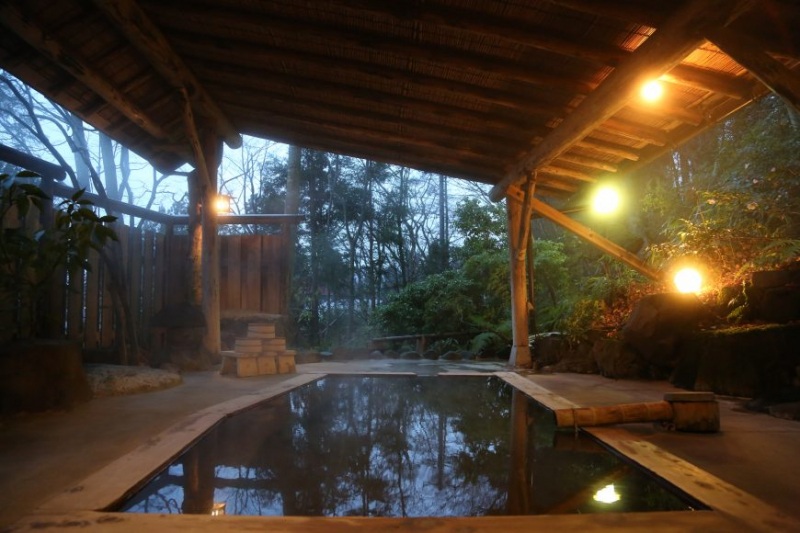
Naruko Onsenkyo
With more than 1,000 years of history, Naruko Onsen-kyo consists of a group of five Onsen: Naruko, Higashi-Naruko, Kawatabi, Nakayamadaira and Onikobe. Featuring a range of hot spring water characteristics, visitors can experience 8 of the 10 varieties of Japan’s hot spring water in this area. Enjoy Onsen hopping and find your favourite! Naruko Onsen-kyo is home to nearly 400 hot spring water sources and many inns offer baths filled with hot spring water flowing directly from their sources.
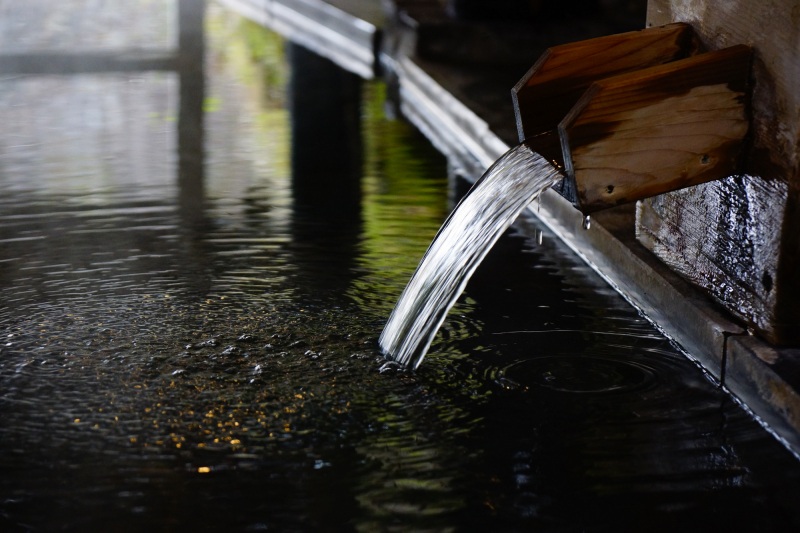
Akiu Onsen
With 1,500 years of history, Akiu Onsen has long been a favoured hot spring on the outskirts of Sendai. Legend has it that the 29th emperor of Japan, Emperor Kinmei, cured a skin disease by taking a bath here in the sixth century. Along with Bessho Onsen and Nozawa Onsen, Akiu Onsen is known as one of the top three hot springs in Japan. It is also famous as the family bath of Masamune Date and successive feudal lords came here following him.
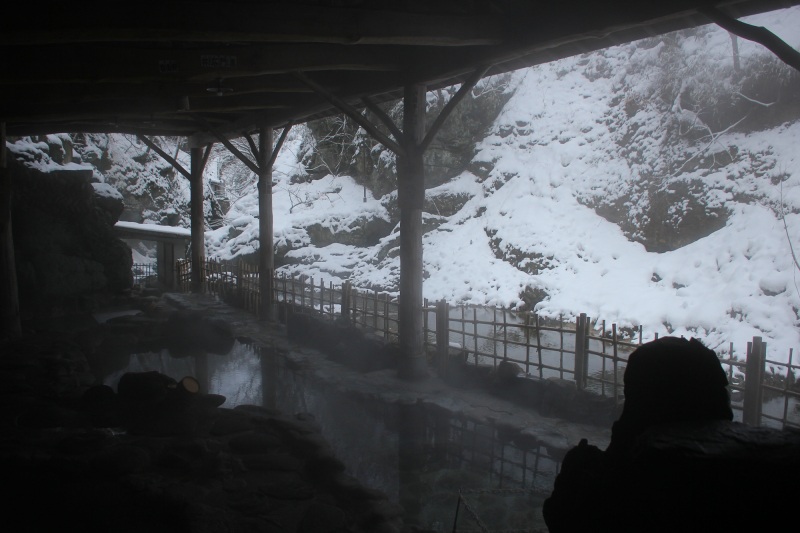
Sakunami Onsen
Sakunami Onsen is a popular hot spring town on the outskirts of Sendai. The springs are especially popular with women as the transparent hot spring water is known to promote beautiful skin leaving it soft and moist. A wide range of accommodation options is available from traditional inns to cosmopolitan hotels. These inns and hotels offer a variety of baths with hot spring water flowing directly from its source including open-air baths, deep baths for Tachiyu (standing bathing) and natural rock baths.
Miyagi’s culinary highlights
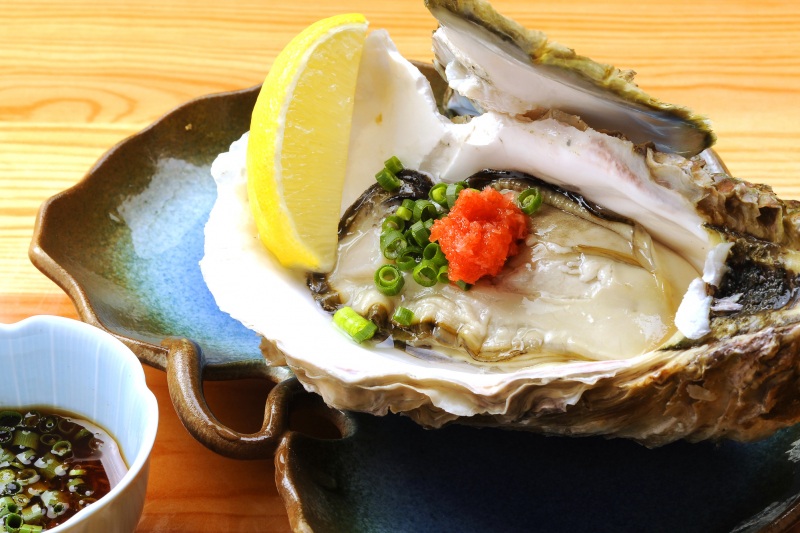
Oysters, Kinka mackerel, sardines and Mebachi Maguro (bigeye tuna)
Miyagi is one of Japan’s leading producers of oysters. The region’s smaller oysters have an intense flavour and are in season from October to March. Freshly grilled oysters are widely available in huts known as Kakigoya along the Sanriku coast. During autumn Kinka mackerel and sardines are in season and very popular. From autumn to winter the fishing boats of Shiogama port are at their busiest catching Mebachi Maguro (bigeye tuna) which are absolutely superb!
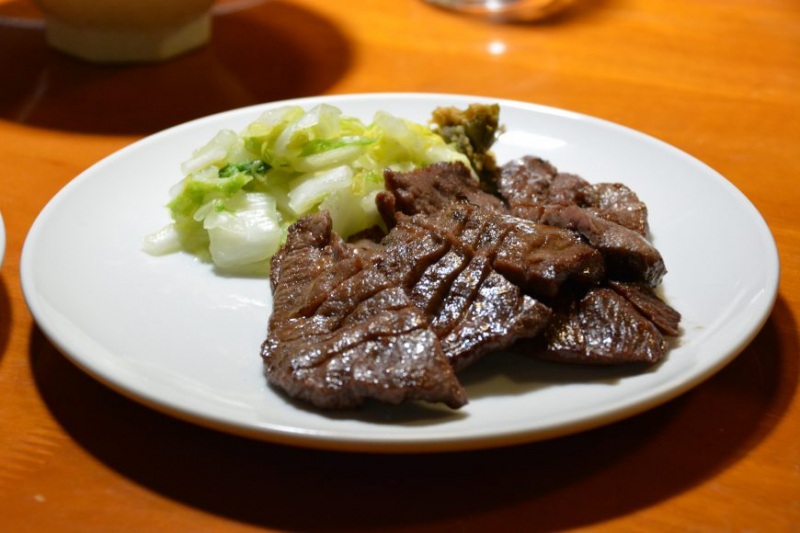
Beef tongue
A large number of restaurants specialising in beef tongue can be found along “Beef Tongue Street” at Sendai station and in the city centre. Each restaurant has its own recipe and technique for the city’s famous grilled beef tongue, and a variety of other beef tongue dishes are available including stewed, marinated, sashimi and sushi. Enjoy the authentic grilled beef tongue and compare the flavours of each restaurant!
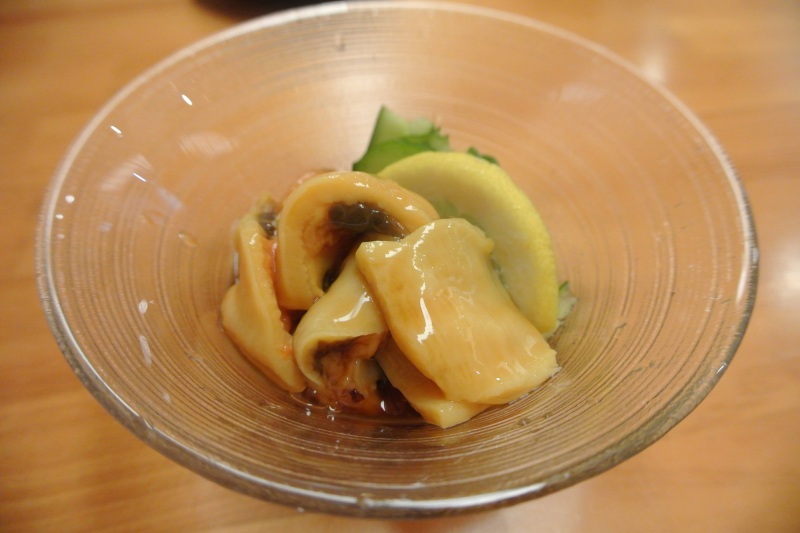
Sea squirts
Sea squirts caught along the Sanriku coast are regarded as blessings from the sea and locally known as Sea Pineapples as their shape resembles the fruit. Fresh sea squirts have a mild, sweet and refreshing taste. Savouring sashimi or marinated sea squirts is a summer feature of Miyagi and they go perfectly with a cup of cool sake.